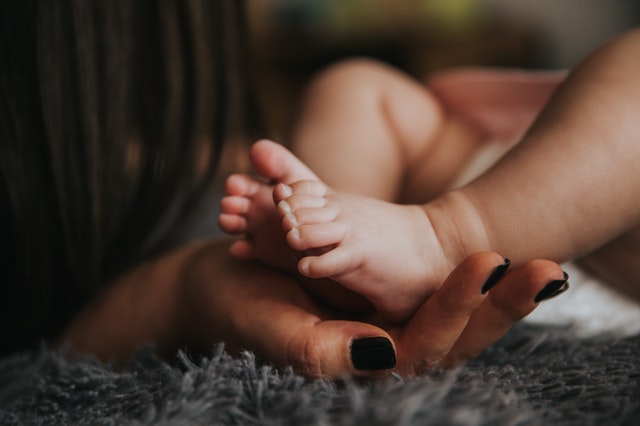
Coincidence Evidence and the deaths of 4 babies
As with our previous blog on the use of tendency evidence in a criminal or civil trial. There also exist coincidence evidence in law.
Closely associated with tendency with a minor difference being that it relates to circumstances and events and not the accused or defendants’ actions per se.
The Coincidence rule of evidence is when evidence of 2 or more similar events has striking similarity and significant probative value to allow the Court at trial to find this evidence admissible to resolve the issue at trial.
The case of R v Folbigg (2003) NSWCCA 17 is a particularly good example of when coincidence evidence will be used to find a person guilty of a criminal offence.
Between 1989 and 1999 Ms Folbigg’s four (4) infant babies died in their cot shortly after birth when she was the only one home alone with them. The case came to light after the death of her fourth baby when her husband found her diary.
Kathleen Folbigg was charged with 3 counts of murder and 1 count of manslaughter in relation to all her 4 babies.
The prosecution submitted that Ms Folbigg asphyxiated each child on four separate occasions shortly after their birth between 1989 and 1999.
Ms Folbigg’s defence said it was SIDS (sudden infant death syndrome, a technical term for cot death).
At trail three possibilities were identified as the cause of the infant’s deaths:
Additionally, Ms Folbigg had written diary entries which contained statements capable of constituting admissions of guilt, found by her husband and given to the police. Among the many entries, she also wrote she could not control herself when the babies cried.
Plus, another diary entry read “Obviously I’m my father’s daughter”. Ms Folbigg father murdered her mother when she was a child.,
The prosecution submitted evidence of all 4 babies’ death (coincidence evidence) and evidence capable of disproving that these all 4 babies had died of natural causes whether identified or unidentified (1 or 2 from above were excluded).
To support the prosecution case, they also submitted the closely related tendency evidence to reveal Ms Folbigg’s tendency to have mood swings and violent thoughts in respect to her children when they cried and failed to settle for a nap or night sleep. AND her comparison to her murderous father. These diaries entries were important evidence for the prosecution to prove her tendency reasoning and motive or reason for the crime.
The court ultimately found Ms Folbigg guilty of on all counts and sentenced to 25 years imprisonment.
At appeal the Court also found there was ample evidence at trial to justify the jury findings of guilty beyond reasonable doubt.
Even though the Court recognised that the exclusion of known natural causes of infant death did not establish that the deaths resulted from the deliberate infliction of harm on the part of Ms Folbigg.
Nor did it elevate the unknown cause of death to imply that a deliberate infliction of harm was the cause of death, or that the occurrence of 4 sudden and expected infant deaths in the same family is rare.
Instead, it was permissible for a jury to have regard to the whole of the context in which the deaths had occurred, (the coincidence of all the events) including that all the deaths were strikingly similar and similarly unexplained.
AND another cause of death other than deliberate by Ms Folbigg’s hands was not in the sense of a reasonable possibility.
Therefore, the coincidence of all the deaths as a whole resulted in the conclusion that somebody had killed the children by asphyxiation, and that someone was held to be Ms Kathleen Folbigg their mother, even though no physical evidence was present.
Ms Folbigg is currently serving a minimum 25-year sentence in prison; she is not eligible for parole until 2028.
There have been many inquiries and investigative medical inquiries into the deaths of children since Ms Folbigg guilty verdict now 17 years ago.
Her supporters say she is innocent. One scientific witness has stated at an inquiry that the babies could have suffered from a genetic variant known as the CALM2 G114R variant, which is a defect in the calcium-modulated protein calmodulin, and “can cause sudden cardiac death”.
Ms Folbigg’s case is yet far from over, she is next scheduled to appear before the NSW Court of Criminal Appeal on February 15, 2021 to continue to prove her innocence.
If you would like to read more about the research into Ms Folbigg children’s death click on the below article link
Research into Kathleen Folbigg murder case indicates genetic disease at play (medicalxpress.com)
If you or someone you known is facing criminal charges or has an employment law dispute issue, contact Rep-Revive Criminal & Employment Lawyers® for an initial free consultation.
0 Comments
Post Comment